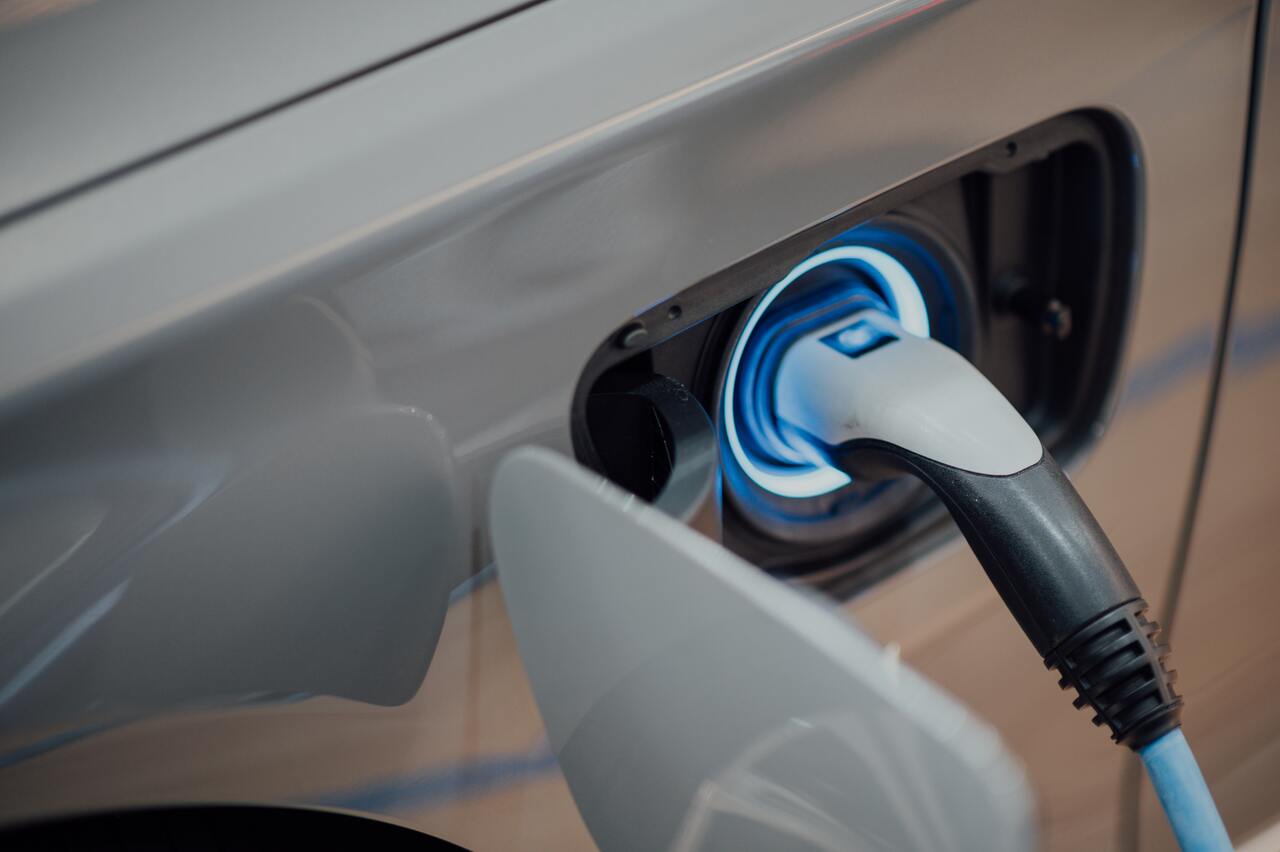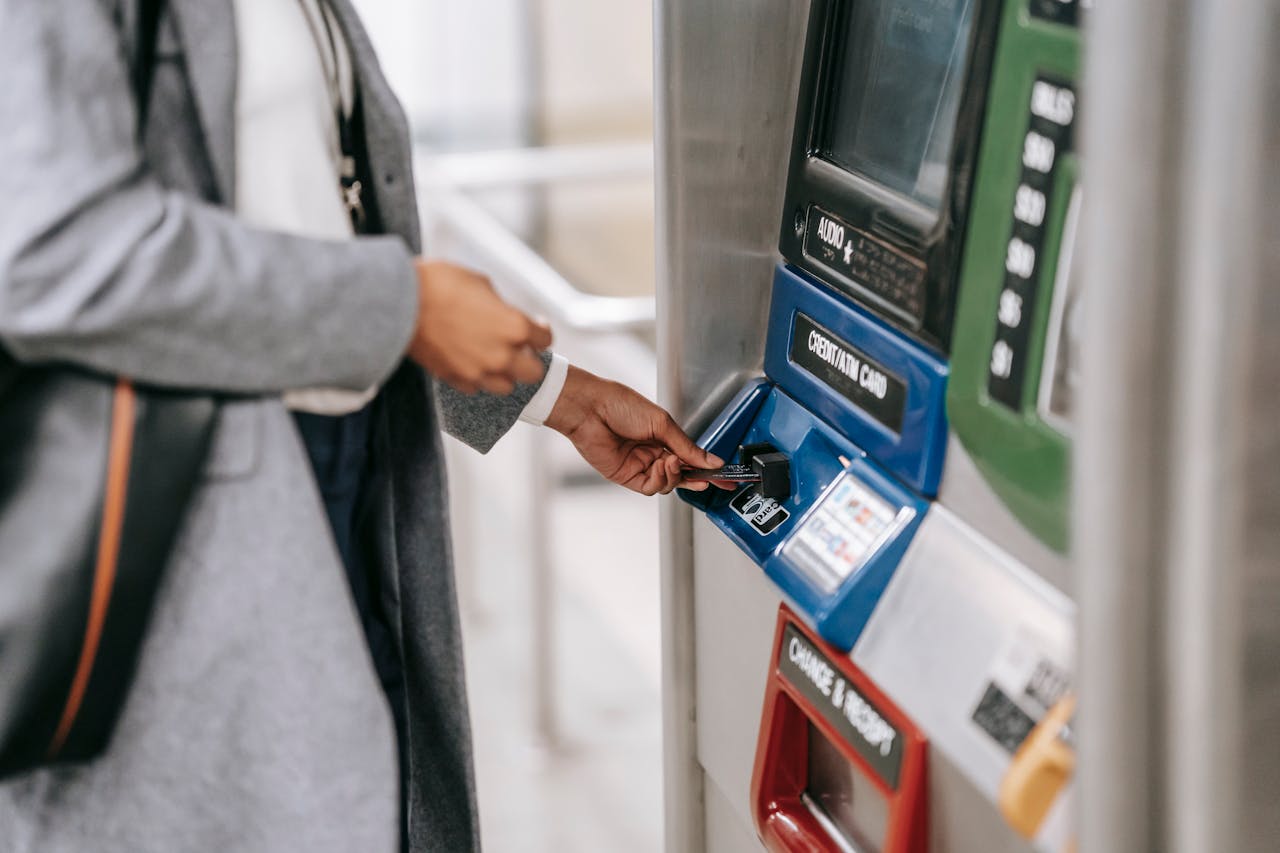

The Philippines is falling behind its neighbors in the Southeast Asian region in adopting electric vehicles (EV). According to a 2020 study, 45% of Philippine drivers surveyed stated that they are considering an electric vehicle for their next car purchase within three years. This choice is driven by the environmental impact of owning EVs, with more motorists becoming aware of the country’s vulnerability to the effects of climate change.
In August, the Department of Energy (DOE) began a series of public consultations for the development of the Philippine EV roadmap. This program aims to support the expansion of the Philippines’ electric vehicle market, and the government believes this is the right period to accelerate EV adoption in the country.
What are the challenges to electric vehicle adoption in the Philippines, and how can stakeholders push for its acceleration? We explore current initiatives to develop the EV market in the country and opportunities that other key industries can leverage.

According to the Philippines’ Land Transportation Office (LTO), there were 11,950 electric vehicles registered with the agency between 2010 and 2019. In this period, cars, sport utility vehicles (SUV), and utility vehicles, made up only 7.5% of registrations, around 896 units.
This is very low compared to sales in countries like Thailand, which reached almost 800,000 units in 2020. Creating an EV ecosystem in the Philippines is also challenging, and consumer uptake cannot increase in the current market environment.
Low technology utilization and lack of infrastructure for EVs are among the concerns of motorists, hampering the acceptance of electric vehicle innovations in the Philippines. While the intent to espouse more sustainable means of transport in the country is present, the lack of proper incentives, financing options, and EV model distribution systems in the Philippines are not conducive for the EV market’s growth.
To address these issues, the Philippine government must enact policies that will provide subsidies for electric vehicle owners. Production can also be ramped up in the country through tax cuts and incentives for manufacturers.
Local companies with strong sustainability programs have already transitioned to EVs for their vehicle fleets. Meralco, an electric power distribution company, launched their Green Mobility Program in 2020 and has successfully converted their entire fleet in the National Capital Region to electric vehicles. This program also included the installation of five fast chargers in strategic locations, and the number is expected to rise by early 2023.
Investors that can support the transition to EVs or strengthen the country’s EV value chain will find that motorists are looking for opportunities to choose green mobility options, especially given the rising prices of fuel. The electric vehicle market in the Philippines is ready for specialized offerings, such as compact EVs for short trips and city driving.
These models will not require charging stations, as home charging will be sufficient. Once policies for lower tariffs and incentives for buyers are enacted, the EV market will finally see growth and the Philippines can keep up with its Southeast Asian neighbors in EV adoption.

Leading the Charge: Major Players in SEA’s Digital Lending Market
The fintech lending market in SEA is poised for substantial growth, including digital lending which is set to surpass digital payments as the primary revenue driver for the region's digital financial services sector by 2025, with a compound annual growth rate (CAGR) of 33%. This growth is fueled by the widespread adoption of automated loan origination processes and the seamless integration of financial services into digital platforms.

Unlocking Opportunities in the SEA Digital Financial Services Landscape
In recent years, Southeast Asia (SEA) has emerged as a hotbed for fintech innovation, transforming the financial landscape across its diverse markets. This transformation is characterized by a surge in digital financial services (DFS), revolutionizing how individuals and businesses manage their finances. However, the journey is not without its challenges, and understanding these is crucial for stakeholders aiming to navigate this rapidly evolving sector.

How SEA Startups are Navigating Funding Challenges
The startup ecosystem in Southeast Asia (SEA) has long been a vibrant hub for innovation and growth. However, recent global economic shifts and the aftermath of the COVID-19 pandemic have ushered in a new era of funding challenges.

Challenges for Sustainable Recovery in Southeast Asia
Sustainable recovery in Southeast Asia faces numerous challenges, yet also presents significant opportunities for green growth. Addressing sustainable issues is crucial for achieving a resilient and sustainable future.